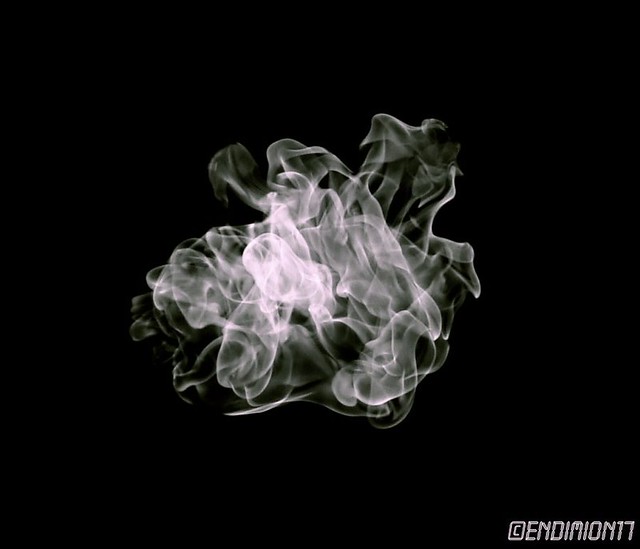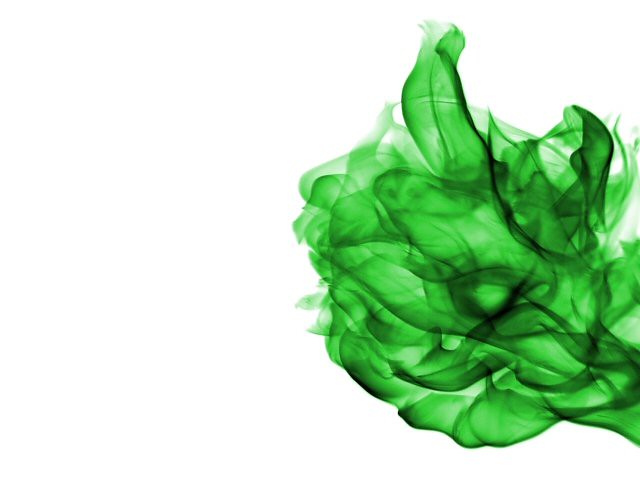

Quote: Originally posted by Bot0nist  |


Quote: Originally posted by mr.crow  |
Quote: Originally posted by Endimion17  |
Quote: Originally posted by Vlassis  |










Quote: Originally posted by Bot0nist  |
Quote: Originally posted by barley81  |
Quote: Originally posted by Endimion17  |


Quote: Originally posted by Mailinmypocket  |

Quote: Originally posted by Dennis SK  |

Quote: Originally posted by Endimion17  |

Quote: Originally posted by ItalianChemist  |
Quote: Originally posted by White Yeti  |

Quote: Originally posted by White Yeti  |
 ) was a nitro-phenylpyvuric acid ester synthesis from nitrotoluene, dialkly oxalate and some sodium alkoxyde. When this
material contacts any base it turns blood red, otherwise it is yellow.
) was a nitro-phenylpyvuric acid ester synthesis from nitrotoluene, dialkly oxalate and some sodium alkoxyde. When this
material contacts any base it turns blood red, otherwise it is yellow. )
) too many time
lapse pictures to attach, but amazing to watch happen... hypnotizing! It repeated itself, sort of like a beating heart with the same recurring
pattern. If i swirled the dish new patterns appeared and started the same sequence. Eventually it slowed down and became clear ~15 mins
too many time
lapse pictures to attach, but amazing to watch happen... hypnotizing! It repeated itself, sort of like a beating heart with the same recurring
pattern. If i swirled the dish new patterns appeared and started the same sequence. Eventually it slowed down and became clear ~15 mins
Quote: Originally posted by kristofvagyok  |
Quote: Originally posted by mr.crow  |
Quote: Originally posted by DJF90  |

Quote: Originally posted by inspector071  |
Quote: Originally posted by Endimion17  |

Quote: Originally posted by kristofvagyok  |
Quote: Originally posted by dann2  |
Quote: Originally posted by Mailinmypocket  |

Quote: Originally posted by RonPaul2012  |
Quote: Originally posted by White Yeti  |

Quote: Originally posted by ItalianChemist  |

Quote: Originally posted by kristofvagyok  |

Quote: Originally posted by Mailinmypocket  |

 <sub>3</sub>Cl.
<sub>3</sub>Cl.Quote: Originally posted by White Yet  |


Quote: Originally posted by Endimion17  |

Quote: Originally posted by dann2  |
Quote: Originally posted by barley81  |


Quote: Originally posted by Endimion17  |






Quote: Originally posted by sargent1015  |

Quote: Originally posted by Squall181  |
Quote: Originally posted by bob800  |



Quote: Originally posted by kristofvagyok  |
